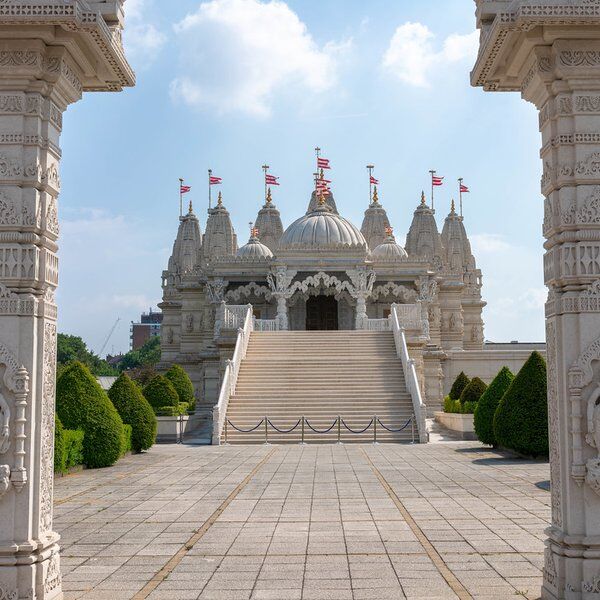Today, Mithraism is hardly a house-hold name, but 2,000 years ago it was a religion to rival Christianity. How different would history have been, had Mithras been adopted as the Roman Empire's one true God?
What Was Mithraism?
Commonly thought of as an all-male military cult that worshipped the sun and ritualistically slaughtered bulls, Mithraism has a complex and nuanced history.
It began in Persia, where Mithras was worshipped as a God incarnate, born of Virgin mother. Sound familiar?
It then spread to Babylon, where sun-worship was added to the myth. Mithras became known as the 'God of Truth' and 'Lord of Heavenly Light'.
Over time, he grew to be associated with victory, camaraderie, friendship and contracts. Worship of Mithras spread to India and then China. In these traditions, however, he was to remain a minor figure. Just another God among many.
When Mithraism reached the Roman Empire, on the other hand, the worship of Mithras grew to new extremes.
A Warrior Cult
The Roman army was comprised of many disparate conquered peoples from all over Europe. As a result, its soldiers often had very little in common. Mithraism solved this.
The God of victory, camaredie, friendship and contracts: who better for a military man to worship? Through its army followers, the religion was spread throughout Europe. Bulls were sacrificed, myths were developed. Had a betting man, in 50CE, thought to gamble on which religion would later conquer the world, he may well have put his money on Mithras.
The Temple of Mithras in London
The Temple of Mithras (or Mithraeum) in London is a testament to how large the religion grew. Across the sea from mainland Europe, 6,000 km from Persia, England was on the outer-edges of the Roman Empire, a third world country when compared to the likes of India and Rome. But, nonetheless, even little London needed a Temple of Mithras.
Discovered in 1954, the Mithraeum is thought to have been built in about 240CE. Archeological evidence suggests, however, that a mere 200 years later it was all but out of use.
What happened?
The Death of a God
It would be over-simplistic to put the decline of Mithraism down to a single cause. There is, however, one event that stands out above all else: the conversion of Constantine.
In 312CE, the Roman Emperor Constantine converted to Christianity on the eve of battle. He then went on to make it Rome's state religion. Although not every subsequent Emperor was a dedicated Christian, this was undeniably a sea change and, for Mithras, a lethal blow.
At least in the West.
Afterlife
Although Mithras has never been returned to his former glory, he still remains a minor figure in Chinese and Brahmic folklore. Mithras lives on as a Chinese general God, represented in statues, and as a God of light found in Vedic texts. He may have found fame and glory in the West, but it is in the East where he has obtained longevity.
Interested in finding more places like this? Try one of our London Puzzle Tours - untangle cryptic clues as a team, as you are taken on a journey to the most unique, unusual and bizarre corners of London.
One More Thing...
The Temple of Mithras also lives on in pop culture. In William Gaddis' brilliant novel, The Recognitions, we witness the protagonist's father ranting about Mithras as he slowly succumbs to madness. Or perhaps enlightenment...
Want to learn more about anicent cults and mystics, check out our post on Bath's Roman Baths.









